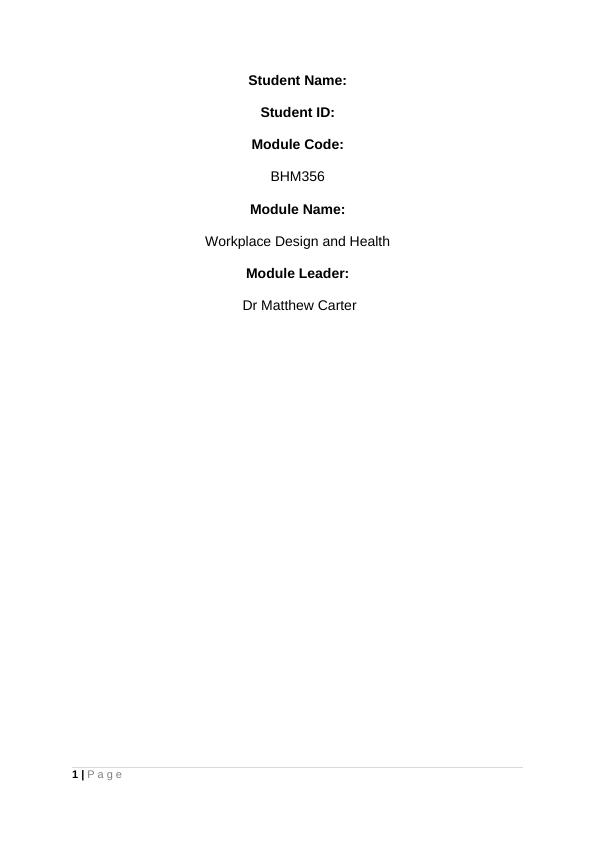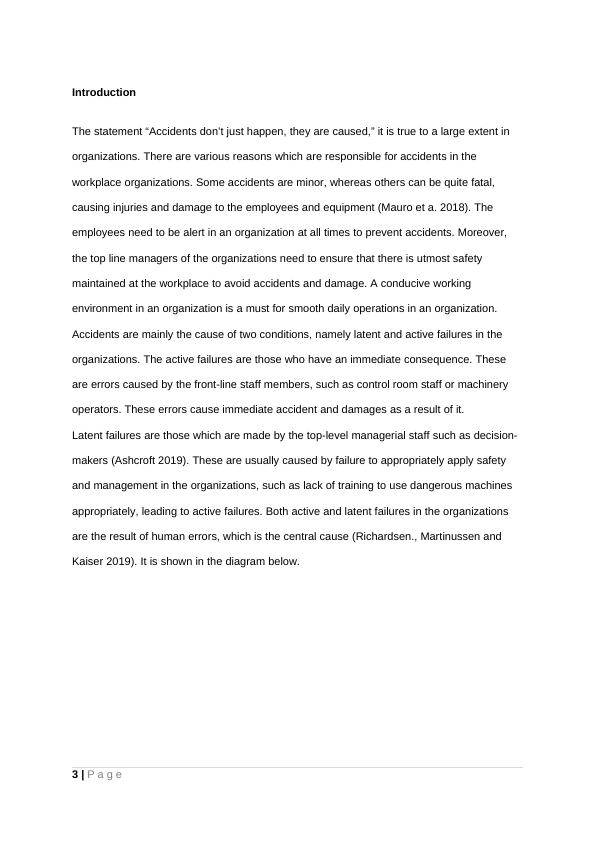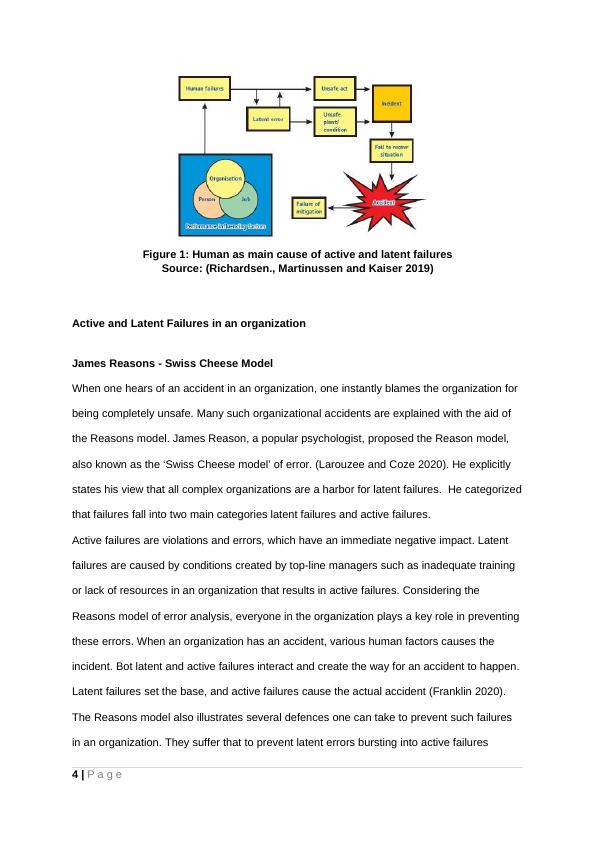Accidents Don’t Just Happen, They Are Caused PDF
11 Pages2695 Words163 Views
Added on 2021-01-08
Accidents Don’t Just Happen, They Are Caused PDF
Added on 2021-01-08
ShareRelated Documents
End of preview
Want to access all the pages? Upload your documents or become a member.
Human Factors Investigation in Disasters- Report
|13
|2534
|241
Comparative Report involving Air Accidents
|12
|2548
|431
Human Factor Analysis and Classification System
|3
|416
|14
Incident and Accident Investigation Assignment
|17
|3656
|126
Explain the swiss cheese model for incident analysis Use this model to critically analyze aviation safety determine the key factors that led to the in
|6
|369
|70
Managing Risk: Understanding Human Errors and Recovery Approaches
|8
|2962
|46




